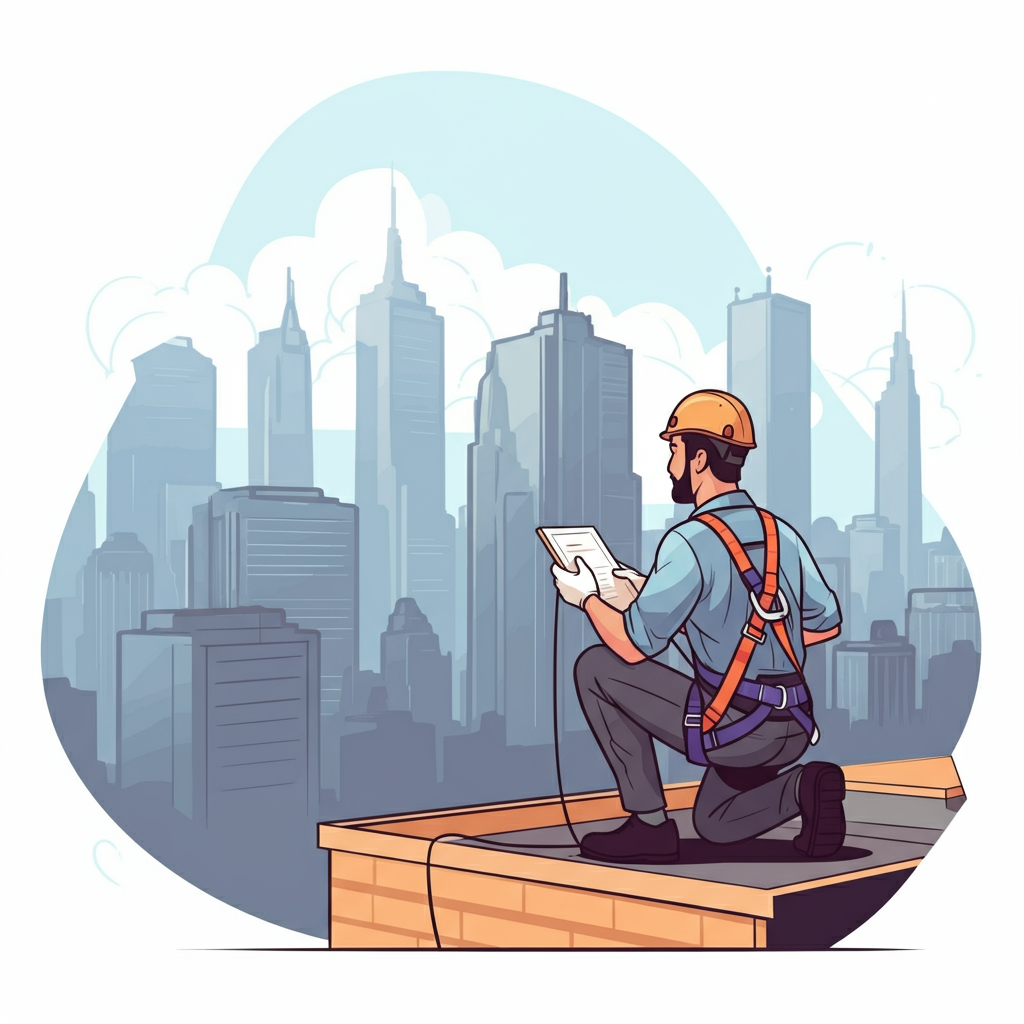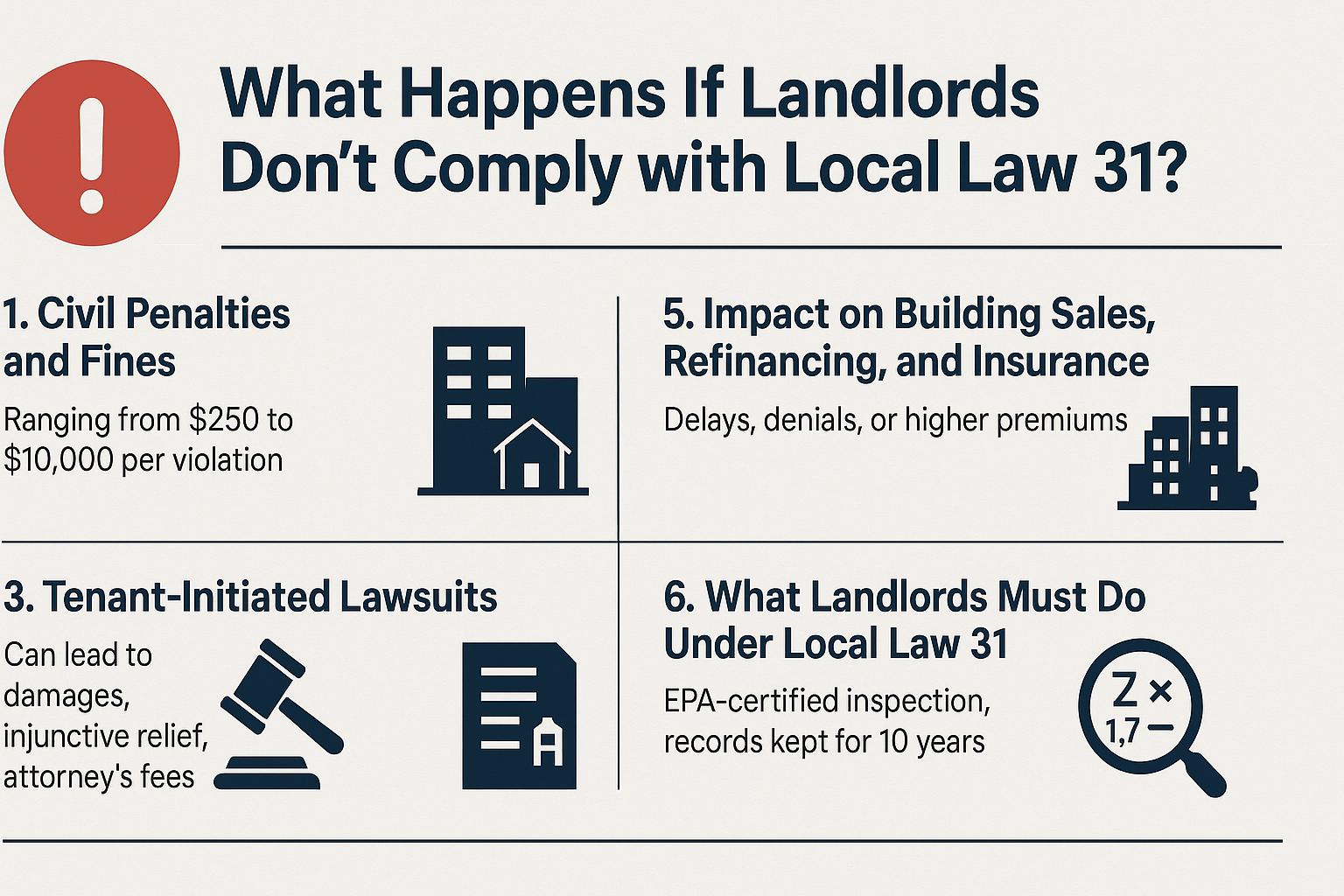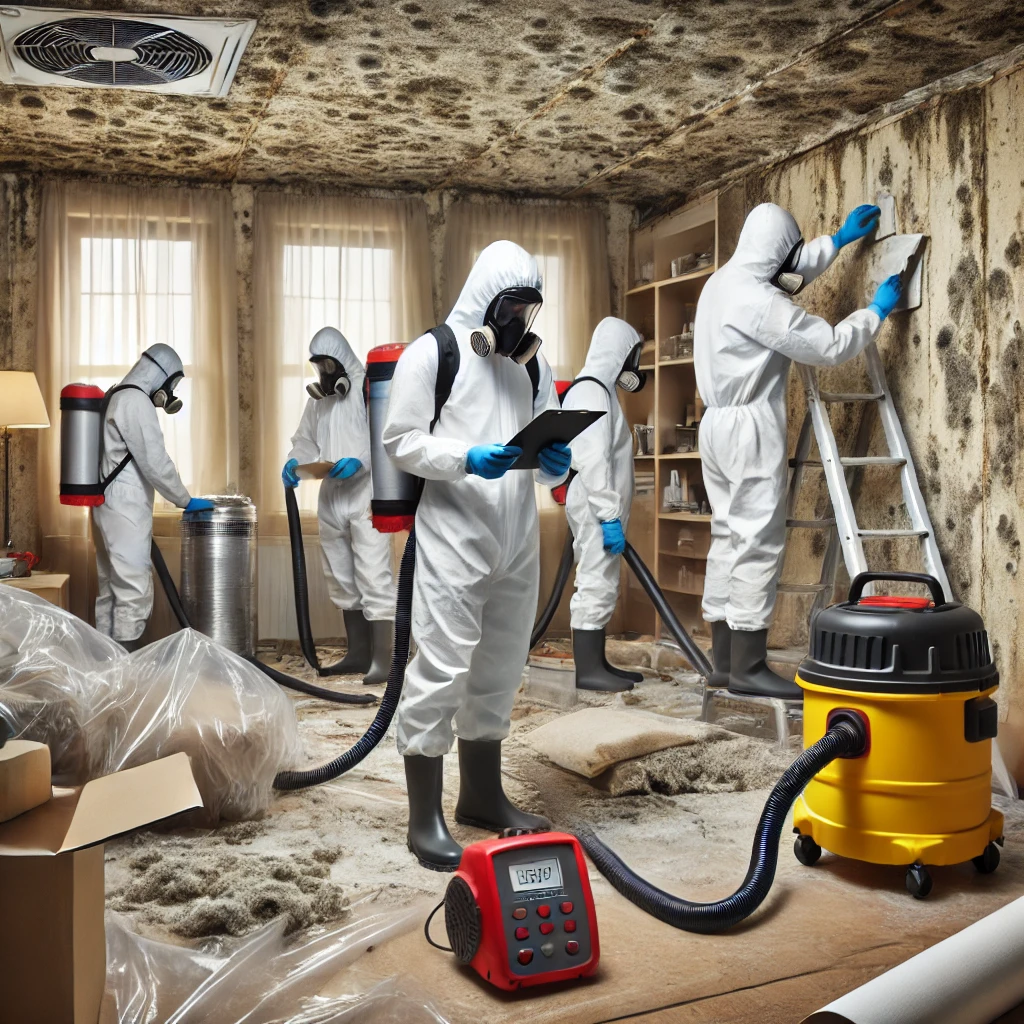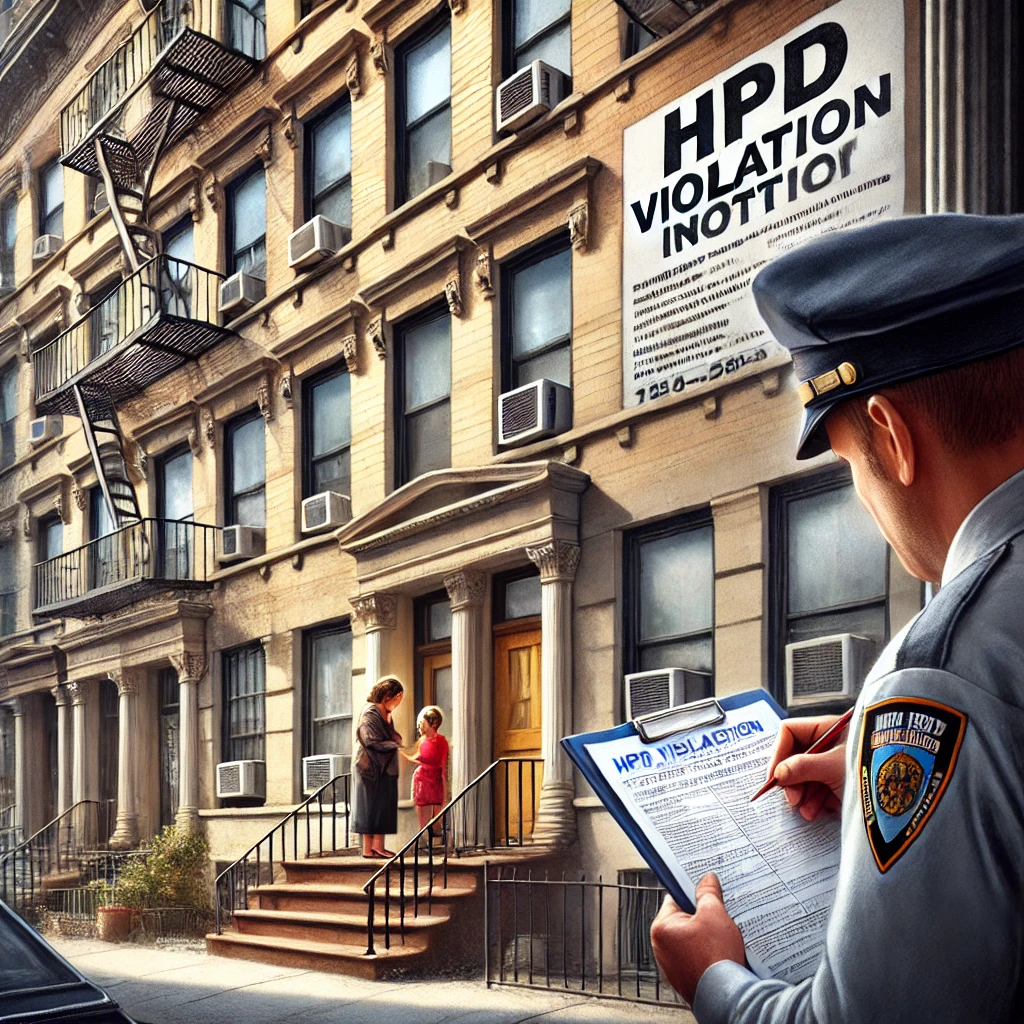Parapet walls are often overlooked when it comes to building maintenance, but they play a critical role in both structural integrity and safety. Found on the edges of roofs, terraces, and balconies, parapets act as barriers against falls, help control water runoff, and even contribute to a building’s aesthetics. However, like any structural component, parapets are subject to wear and damage over time. This makes regular parapet inspections essential to ensure they remain safe and functional.
In this blog, we’ll explore what parapet inspections entail, why they are important, the risks of neglecting them, and what you need to know about compliance and safety standards. We’ll also highlight some key details about inspection frequency and what professionals typically assess during these reviews.
What Are Parapet Inspections?
Parapet inspections are systematic assessments of the condition, stability, and safety of parapet walls. These walls, often made from materials like brick, stone, or concrete, can degrade due to exposure to weather, pollutants, and time. Inspections are designed to identify issues such as cracks, water damage, loose masonry, or structural instability that could compromise their performance.
Professionals conducting parapet inspections often evaluate the following:
- Material condition: Signs of deterioration like cracks, spalling (flaking), or gaps in mortar joints.
- Stability: Any leaning or movement, which could indicate weakening structural integrity.
- Waterproofing: Evidence of water penetration or damage, which can speed up degradation.
- Safety risks: Loose components that could fall and cause accidents.
- Adherence to building codes: Compliance with local and national safety standards.
Why Are Parapet Inspections Important?
Neglecting parapet walls can lead to a cascade of problems, ranging from safety hazards to costly repairs. Here are the key reasons why regular inspections are critical:
1. Safety
Parapets function as safety barriers, preventing falls from balconies or rooftops. If the walls weaken or develop structural faults, they could collapse or fail to support necessary loads, posing risks to anyone near or beneath them. Regular inspections help identify and mitigate these risks before they become dangerous.
2. Preventing Falling Debris
Loose bricks or sections of deteriorating parapet walls can fall, potentially causing injury to pedestrians below or damaging surrounding properties. The legal and financial repercussions of such incidents can be significant.
3. Protecting Structural Integrity
Parapets are often integral to the structural support of a building’s roof system. Damage to these walls can lead to water entering the building envelope, weakening adjacent structures and creating opportunities for mold growth and other complications.
4. Cost Savings
Conducting regular inspections can save money in the long run. Identifying minor issues early can prevent them from escalating into major structural failures, which might require costly repairs or even reconstruction.
5. Compliance with Building Codes
Failure to maintain parapet walls can leave building owners in violation of local regulations. Regular inspections can ensure compliance with safety standards and help avoid fines or legal action.
The Risks of Neglecting Parapet Inspections
Failing to conduct parapet inspections can have serious consequences, both immediate and long-term. These include:
- Collapsed parapet walls, which can lead to expensive repairs or liability suits.
- Water infiltration, which can damage internal walls, ceilings, and insulation materials.
- Building code violations, resulting in financial penalties or operational delays for businesses.
- Reduced property value, as poorly maintained parapets can signal broader maintenance issues to potential buyers or tenants.
How Often Should Parapet Inspections Be Conducted?
The frequency of parapet inspections depends on several factors, including the building’s location, age, and exposure to environmental elements. However, as a general guideline:
- Routine maintenance inspections should occur annually to identify any visible signs of wear or damage.
- Comprehensive structural assessments should be conducted every five years, or more frequently if the building is older or located in areas prone to extreme weather or seismic activity.
- Post-event inspections should immediately follow severe weather events, earthquakes, or any incident that may have impacted the building’s structural integrity.
Local building codes or regulations may stipulate inspection schedules, so it’s important to consult with a licensed professional to ensure compliance.
What Happens During a Parapet Inspection?
Professional parapet inspections typically include the following steps:
- Visual Assessment
Inspectors visually examine the parapet walls to identify cracks, bulges, missing mortar, and any signs of water damage. They also check for evidence of leaning or separation from the main structure.
- Structural Testing
Depending on the initial findings, inspectors may perform structural tests to assess the strength and stability of the parapet. This could involve pulling tests for anchor points or using advanced tools like ground-penetrating radar to detect hidden weaknesses.
- Material Analysis
For older buildings, inspectors might test the materials to determine their condition and compatibility with modern repair methods. This can be critical for maintaining historical structures while ensuring they meet contemporary safety standards.
- Documentation
Professional inspectors document the condition of the parapet with photos and detailed notes. They often provide a comprehensive report highlighting any issues, their severity, and recommended actions.
- Recommendations
If problems are detected, the inspection report will outline necessary repairs or maintenance, ranging from repointing mortar joints to reinforcing the parapet with modern materials.
Safety and Compliance Standards
Parapet inspections are often governed by local and national building codes, which specify minimum safety, maintenance, and repair requirements. Some relevant standards include:
- Occupational Safety and Health Administration (OSHA) regulations, which outline fall prevention measures and structural safety requirements.
- International Building Code (IBC) standards, which provide guidelines for parapet height, construction, and maintenance.
- Local building codes, which may include additional requirements specific to the region’s climate or seismic activity.
- NYC Local Law 126, which establishes strict requirements for parapet safety in New York City. As of January 1, 2024, this law mandates that all buildings with parapets facing the public right-of-way must undergo annual inspections, regardless of height. These inspections must be conducted by qualified professionals—such as structural engineers, architects, or skilled trade workers with relevant experience—who assess the condition of both the parapet and any attached appurtenances. Owners must keep detailed inspection reports on file for at least six years and must present these upon request by the Department of Buildings. If an unsafe condition is detected, the owner is required to immediately install public protection (such as a shed, fence, or netting) and correct the issue within 90 days. Failure to comply can result in violations and significant safety risks.
Staying compliant with these standards not only ensures the safety of your property but also helps prevent costly penalties or legal disputes.
Final Thoughts
Parapet inspections are a crucial part of building maintenance, offering numerous benefits from enhanced safety to long-term cost savings. By scheduling regular inspections and addressing issues promptly, property owners can ensure their parapets remain in excellent condition while avoiding potential hazards or repair expenses.
Whether you manage a commercial property or a residential building, don’t overlook the importance of parapet walls. Partner with a qualified inspection professional to protect your investment and ensure peace of mind. Remember, when it comes to building safety and maintenance, proactive care always pays off.







